1B. Variables: Parametric triangles
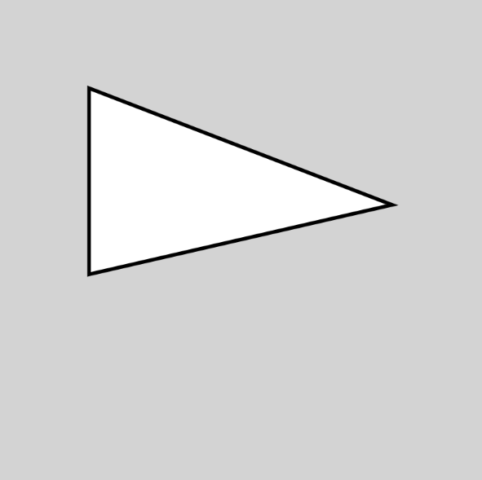
1C. Transformations and Functions: Critter
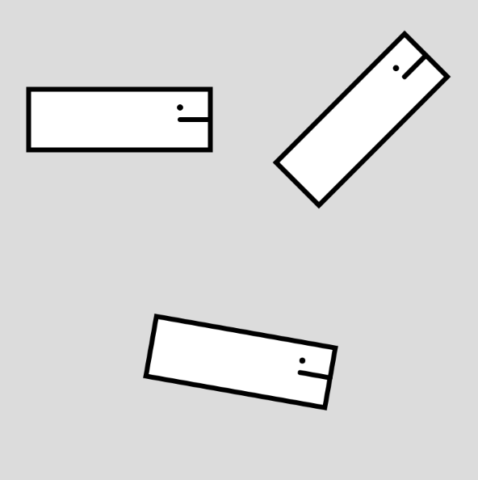
Electronic Media Studio: Introduction to Interactivity and Computation
60-210 • Spring 2021 • Prof. Golan Levin
Tyler Hobb’s philosophies about using color in generative art were especially fascinating due to the variety of methods he mentions: compositional shapes, inheritance, color sampling, sorting, clumping, and gradients. He suggests that using too many online color sources wouldn’t be reliable in the long run. Instead, relying on the coding itself to generate random color schemes specific to your artistic identity would be better for your career. Personally, my favorite method he used was clumping because you can control where some parts are most dense with a specific color without having it seem too rigid.
My sketch: https://editor.p5js.org/SayTheYoung/sketches/7IOEFKjC-
3 Examples:
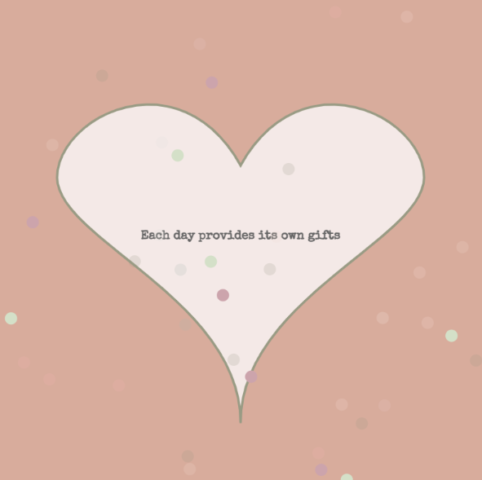
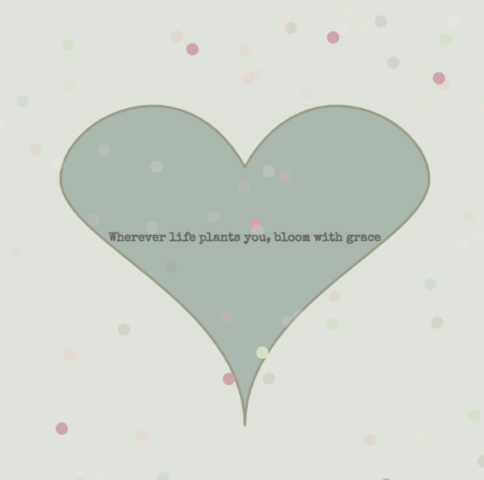
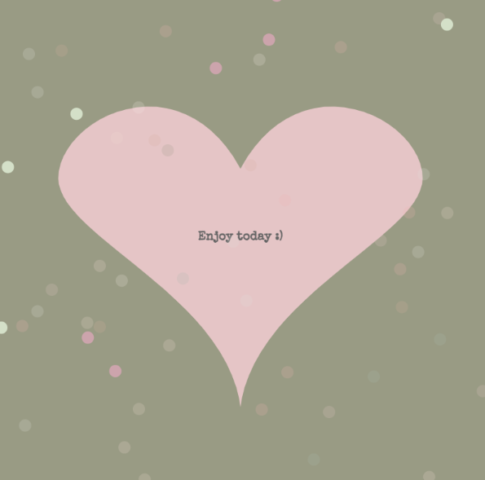
Paper Sketch:
ValentineSketch
Process:
I decided to split the project into three different sections: Heart, Background, and Text.
1. Heart: I used the same code I used for the Basic Shapes assignment and filled it in with a random array of colors.
2. Spots: I also randomized the location and color of the spots. It has a frame rate of 10.
3. Text: I searched for short, sweet quotes online and used them to replace an array of words. This would randomize which quotes appear when you run it. I found the random function text online.
Color: I used this website to color pick from an image I found on Pinterest.
10,000 Bowls of Oatmeal:
I didn’t necessarily solve the 10,000 bowls of oatmeal problem, but I do think the random text function from an array really helped me improve it. It’s the same feeling you get when opening a fortune cookie. Although the user knows that it is somehow randomly generated, a meaningful text somehow feels “meant-to-be” and specialized only towards the one that actually received it. Therefore, meaningful text, even though it is randomly generated, helps in the 10,000 bowls of oatmeal problem.
The “10,000 bowls of oatmeal” refers to the issue of generating 10,000 completely unique bowls of oatmeal with each oat in a unique position and orientation but having the user perceive it as all the same. Mathematically, the generative artworks (bowls of oatmeal) are all different, but to the user, all those artworks look the same, losing their uniqueness.
The lack of perceptual uniqueness may become a problem if the user or audience expects a more personal approach to a product or artwork. One example the article mentions is the creatures in “No Man’s Sky,” which generates new creatures every time but nothing “too surprising.” An example where the lack of perceptual uniqueness doesn’t become a problem is when the user wants a similar outcome to what they were expecting. In my previous Looking Outwards assignment, for example, the artist used a mathematical concept called the Voronoi Diagram. This algorithm produced artworks that were physically unique every time but still similar to what users were expecting.
A strategy for overcoming this may be to use an algorithm that replicates patterns within our environment. This would ensure that the artwork/product will generate different permutations every time.
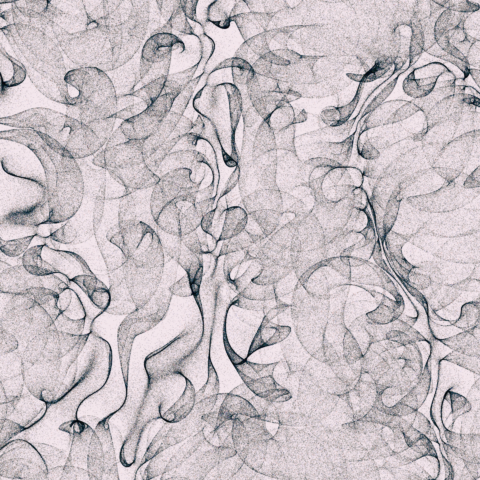
The project reminded me of traditional patterns seen in ancient East Asian prints, and given my interest in organic patterns, the artwork emulated the flexibility of flowing water or the residue from smoke after a fire.